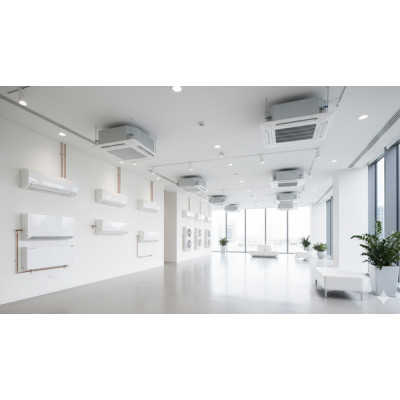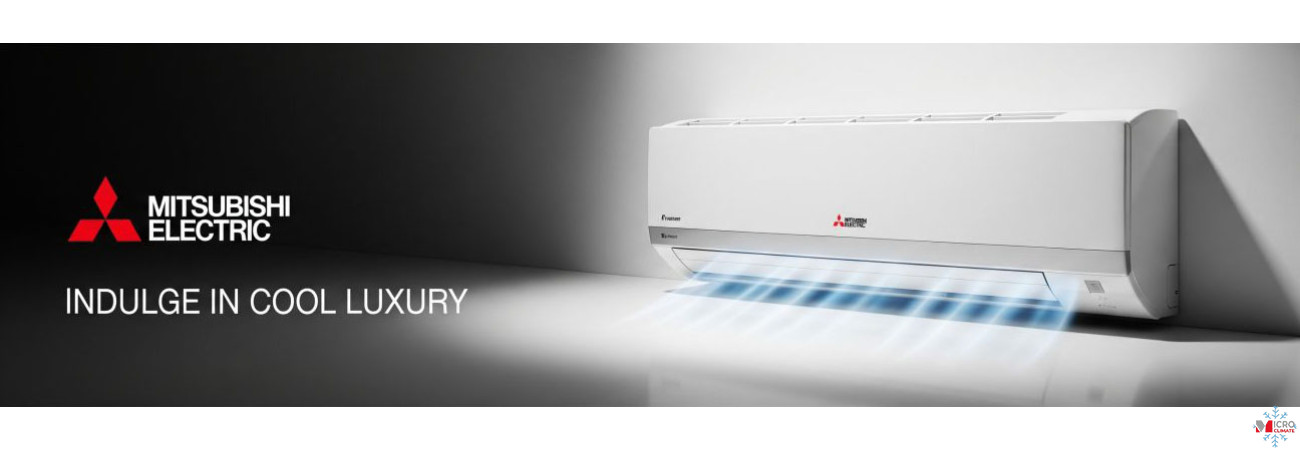
Selecting the correct HVAC system is one of the most important investment decisions for building owners.
The right choice affects not only comfort and air quality but also operating costs and environmental performance.
Here’s a guide to choosing the optimal system for your residential, office, or commercial project in the UK.
1. Define Building Requirements
Start by analysing building type, occupancy, and layout:
-
Residential: focus on quietness, design aesthetics, and Wi-Fi control.
-
Office / Commercial: prioritise energy efficiency, zoning, and flexibility.
-
Hospitality: emphasise individual comfort and heat recovery capability.
Consider insulation, glazing, and orientation to calculate realistic load requirements.
2. Understand System Types
Split Systems:
Ideal for single rooms or small offices. Affordable, easy to install, and efficient for localised comfort.Multi-Split Systems:
One outdoor unit connects to several indoor units — perfect for small offices or flats with multiple zones.VRF / VRV Systems:
The most advanced choice for medium and large buildings. Provide independent control for each zone, long piping flexibility, and heat recovery options.Ducted Systems:
Hidden above ceilings for clean aesthetics. Excellent for uniform air distribution in open-plan layouts.3. Compare Efficiency Ratings
Look for systems with A++ or A+++ energy labels.
Compare SEER (cooling efficiency) and SCOP (heating efficiency) — the higher the value, the lower the running cost.
For example:
-
VRF: SEER 8.5 / SCOP 5.2
-
Multi-split: SEER 7.8 / SCOP 4.6
-
Ducted: SEER 7.2 / SCOP 4.3
4. Consider Noise Levels
Choose indoor units operating below 25 dB(A) for offices and below 35 dB(A) for bedrooms.
Inverter technology ensures smooth operation with minimal vibration.
5. Evaluate Control Options
Modern systems offer Wi-Fi, app control, and BMS integration.
Centralised controls are ideal for commercial buildings, while smart thermostats suit smaller spaces.
Remote monitoring helps reduce maintenance costs through predictive diagnostics.
6. Installation and Space Requirements
VRF systems require minimal space for refrigerant piping but may need outdoor units on the roof or service yard.
Ducted systems require ceiling voids for duct routing.
Discuss installation logistics with your HVAC designer early in the project to avoid costly modifications later.
7. Maintenance and Longevity
Choose brands with strong UK service networks — such as Daikin, Mitsubishi Electric, GREE, Toshiba, or Midea.
Regular maintenance every 6–12 months ensures performance and warranty compliance.
8. Sustainability and Regulation
Modern HVAC systems use R32 or R454B refrigerants with lower Global Warming Potential (GWP).
Ensure compliance with F-Gas and EcoDesign regulations to future-proof your investment.
Conclusion
Choosing the right HVAC system requires balancing comfort, efficiency, and practicality.
For small buildings, split or multi-split systems may suffice, while larger commercial projects benefit from VRF or ducted designs.
By considering efficiency ratings, space constraints, and control features, you can achieve reliable climate comfort and long-term savings.




